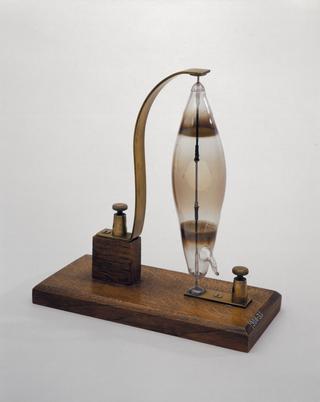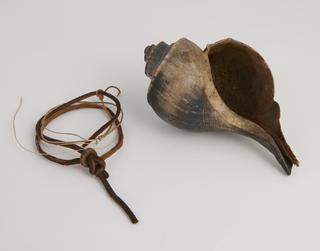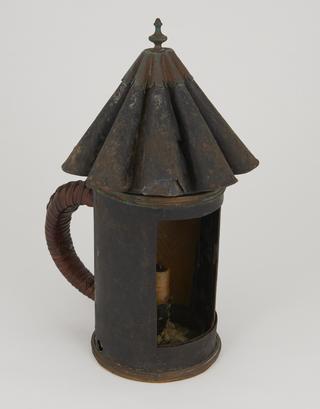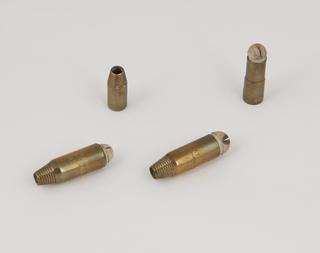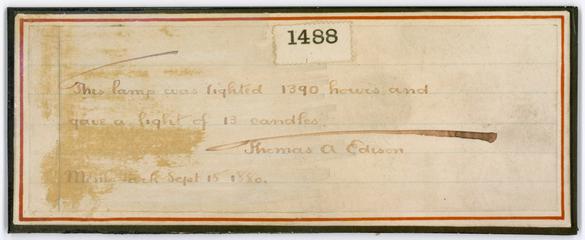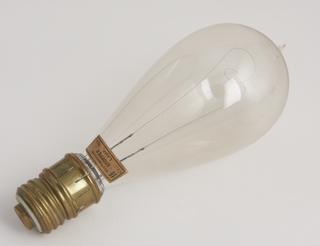
Very early Edison carbon filament lamp.
- Made:
- 1879 in New Jersey
- maker:
- Thomas Alva Edison









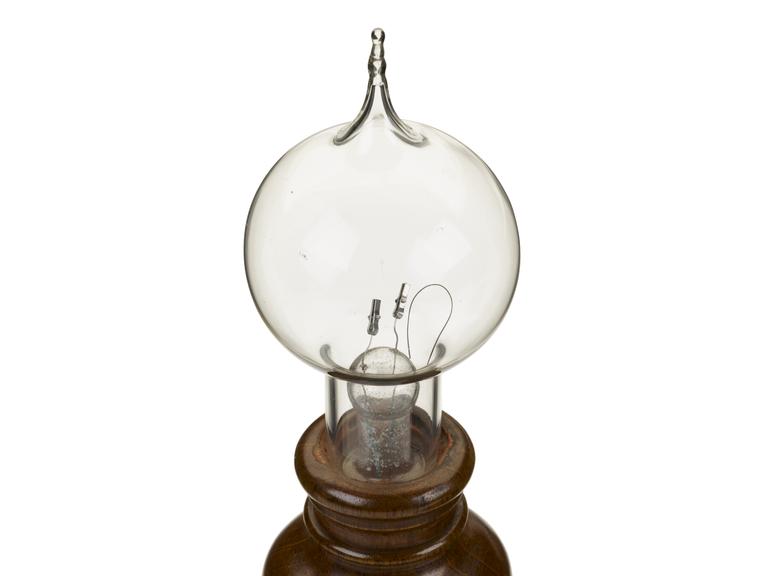
Very early Edison carbon filament lamp (filament broken) with platinum screw clamps to hold the filament. 1879
This is a very early electric lightbulb made by the American inventor Thomas Alva Edison in 1879. Finding a way of attaching the filament to the lead-in wires of a lightbulb was a major problem during the 19th century. In this bulb, Edison used tiny platinum clamps to achieve this.
Of the materials available at the time, only carbon and platinum could withstand the heat. Platinum was easier to fabricate than carbon, but very expensive. This was a key problem in the early development stage of electric lighting.
Other practical problems with producing light bulbs during the 19th century included finding a suitable material for a filament, finding connecting wires that could be sealed into the glass without causing cracking when hot, and pumping the air out of the bulb adequately.
It is likely that this light bulb failed quickly as the filament is broken, but the glass is not blackened on the inside from extended exposure to heat.
Details
- Category:
- Lighting
- Object Number:
- 1995-281
- Materials:
- carbon, glass, mahogany (wood) and platinum (metal)
- type:
- lamps and filament lamps
- credit:
- Christie's South Kensington Limited
